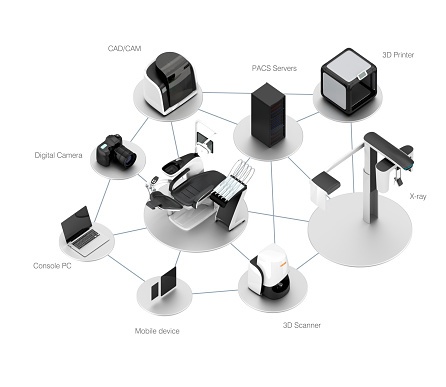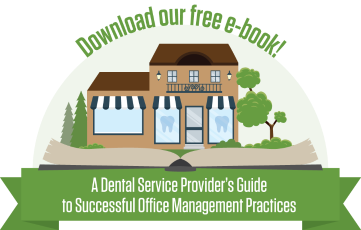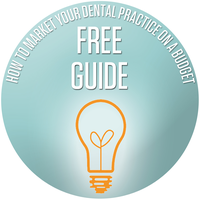While new technology can be costly, there is no denying that its impact on patient retention is a positive. Whether a piece of tech saves you time, increases the comfort level of odontophobic patients or yields the best results compared to traditional methods, investing in some of the following devices and tools can lead to big business in the long run!
Software integrated dental equipment
Companies have begun adding software controls and Wi-Fi capabilities to their already amazing products. The Sovereign chair by Planmeca has an ergonomic, almost luxurious design. The innovative footrest can be used at a 90 degree angle for optimum patient comfort, particularly for older patients and the differently abled. The chair’s most advanced feature is the internal software that personalizes the chair for each user. The chair remembers the settings, including height and angle, that the dentist or hygienist requires, so there is no more fussing with buttons or temperamental controls to get the patient where you need them.
There are also internal sensors that can report any malfunctions or impending issues with the chair, and the internal water system is closely regulated by the software as well. The sterilizers and washers that the company SciCan has recently released are internet ready, and allow the user to receive state mandated health and safety reports via a USB drive. The internal computer also corresponds directly with the manufacturer. This means, in times of trouble, a company-approved technician can connect remotely to the machine and perform diagnostic tests, making it easier to complete repairs in person.
Using lasers to detect cavities
Diode lasers have risen to popularity in the last decade as a less painful way to clean up cavities pre-filling. With new technological advances, dentists can use the laser to look for tiny holes in teeth and catch smaller cavities before they become a big problem. The healthy teeth do not react to the light from the laser when illuminated. Decaying teeth with glow under the light; more decay will yield a more brightly illuminated tooth. The dentist can then use this information, along with their own visual assessment, to identify and fix any cavities present (and pretreat any potential cavities they find). While this will not remove the need for traditional methods and x-rays, the diode can save the patient time in the chair.
Computer assisted design and manufacture of dental appliances
3D printing has revolutionized the manufacturing industry, allowing companies greater control over the production and delivery of their goods. Now, even dentists can use this amazing technology to suit their needs! 3D scanners allow dentists to take more accurate measurements of their patients’ mouths to better fit them for dental appliances such as bridges and dentures.
The scanner can then send the image to a 3D printer, and the machine can mill a custom piece out of a variety of quality materials. Not only does this cut down on the overall number of visits a patient must make to complete their restoration, it also provides dentists greater control over the customization of the piece, reducing the number of fittings needed to complete the process. Also, because the sculpts are made by a computer, the resulting teeth for crowns, dentures and other pieces are much more accurate than teeth that are made by hand.
Dental trends have come a long way from the rusty clamps and extractors of yore. With 2016 only having just begun, we have many more hot new dental technology advancements to look out for in the coming year!




